




Hello!
And welcome to another issue of HQ Pony Magazine.
It’s been a very busy few weeks for young riders with Westown Youth Champs and the Tack n Togs FEI Children’s Jumping Challenge, and we’ve loved watching you all perform! Huge congratulations to all who took part.
In this issue, we have lots of content to keep you busy between shows or visits to your ponies. We have an article on the Irene Midrand Branch of the Pony Club and we learn a bit about what the Pony Club has to offer young riders (SPOILER ALERT – you’ll want to sign up!) We also look at how best to manage your pony as the athlete he is; we talk about how best to get him to shows, how to look after him while he’s there, how to cool him down after your round and how to keep him hydrated. We also have a piece from Western Shoppe on how best to care for your tack, so you look spick and span at your next competition. We hope you’ll check out the article and enter Western Shoppe’s competition online. We would LOVE for an HQ Pony reader to win one of the prizes!
There’s all this and lots, lots more in this August edition, so dive in!
We look forward to seeing you back here next month for more HQ Pony awesomeness!
We’d love to hear from you and receive your photos, drawings or pony-related thoughts. To get in touch send an email to lizzie@hqmagazine.co.za and we’ll get back to you!
Passion for Pony Club
An interview with Thelma Fox
Coaches corner Zdenek Muchna
Managing your pony Like an athlete
Riding in an indoor arena for the first time? Here are our top tips
3 steps to saddle cleaning
Take your saddle from zero to hero!
Puzzle fun Wordsearch Spot the difference




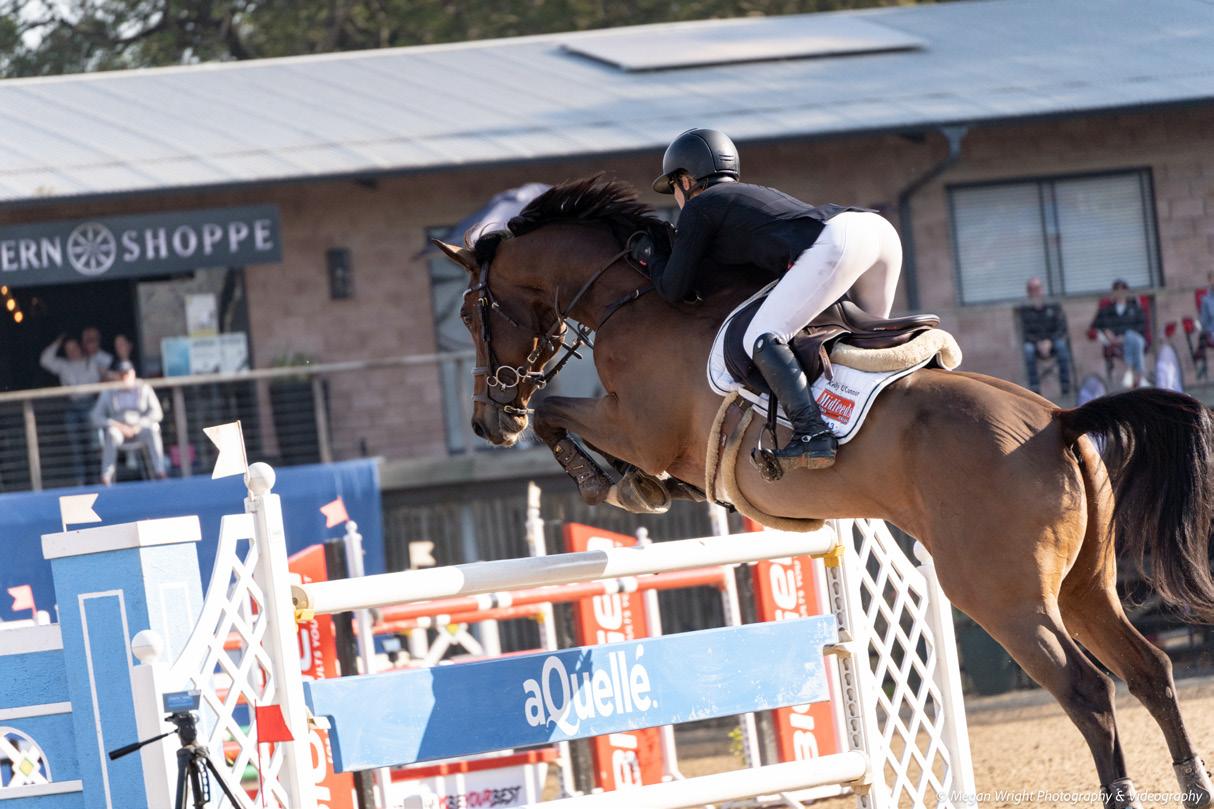

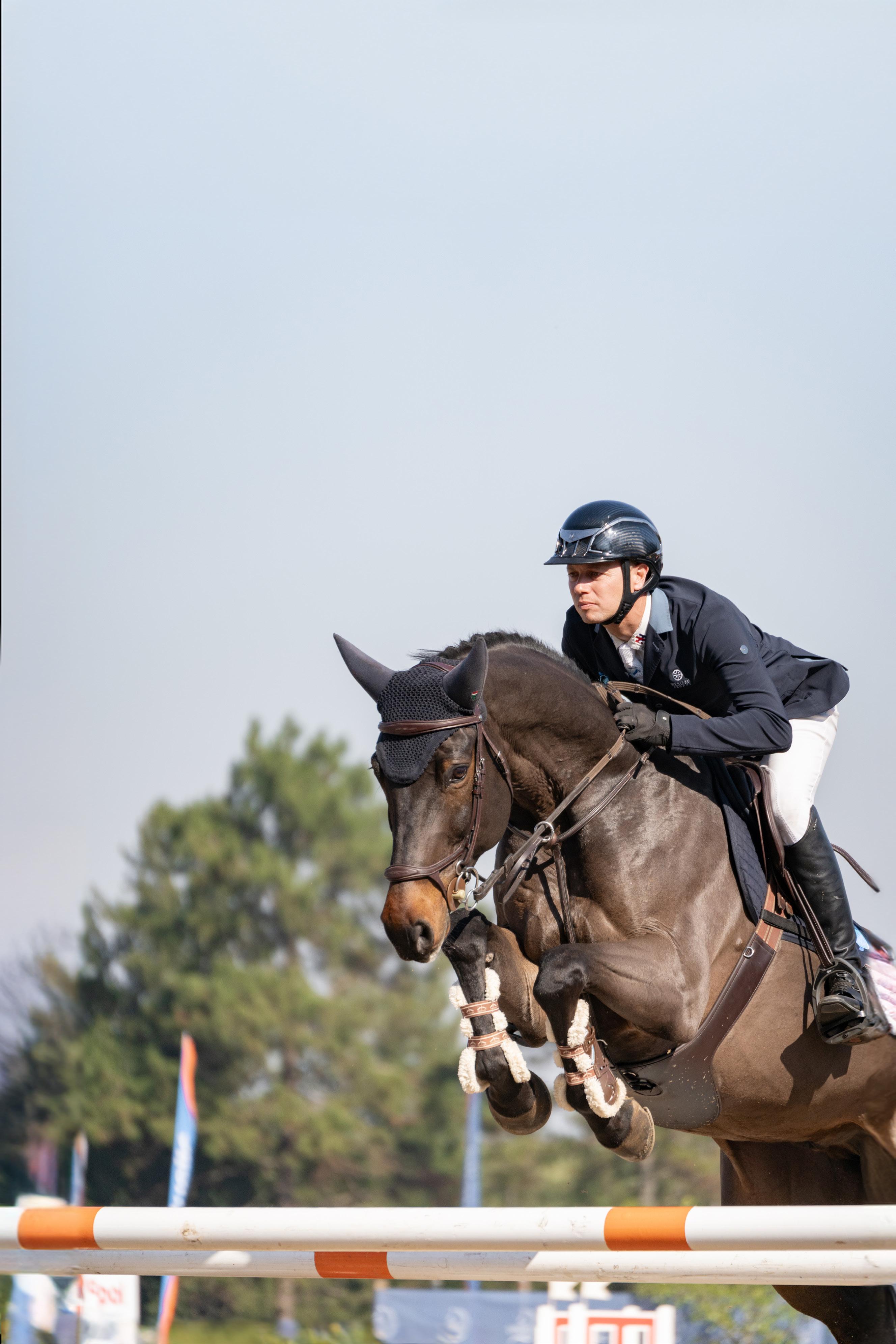
Driven by a passion for education and horsemanshipan interview with Thelma Fox, DC of Irene Midrand Pony Club.

Thelma believes times may change, but value endures. Founded in the UK in 1929, the Pony Club is the world’s largest equestrian youth organisation, inspiring generations of young riders, with many going on to become medal winners. The Pony Club is volunteer led by those with a shared passion for horses and ponies. The Pony Club stands for education in riding and horsemanship with a structured and internationally recognised training system – that’s right! - Pony Club Efficiency Tests are recognised worldwide! And whether or not you have your own horse or pony, there is a membership option for you.

international tradition. Our vibrant and active South African Pony Club branches provide young riders with opportunities to learn, compete, and grow.
Irene Midrand stands as a shining example of the Pony Club values. It has a vibrant membership and a commitment to nurturing young equestrians and upholds the values of horsemanship, sportsmanship, and community, reflecting the spirit of the Pony Club. Pony Club is not only for younger members; you can be part of Pony Club till you are 25.


Irene Midrand recently hosted its annual Pony Club Camp welcoming members from the Rand Hunt, Benoni Boksburg Branches and Dassies Centre, creating a fun-filled learning environment where camaraderie and competition thrived.
Thelma reflects on the camp’s success and the club’s ongoing commitment to equestrian sports:
The Pony Club Camp is always a highlight for us,” she shares. “It’s not just about the riding; it’s about bringing young people together, instilling a sense of community, and celebrating our shared passion for horses.
Camp not only includes fun but also achievement, with assessments for Achievement Badges and Efficiency Tests being held.
One of the cornerstone features of the Pony Club’s educational framework is its robust Achievement Badge and Efficiency Test system. These programmes are designed to encourage members to develop their riding and horse care skills, ensuring a thorough and comprehensive education in horsemanship.
These are our building blocks to the Efficiency Tests. The Pony Club offers a variety of Mini and Achievement Badges that recognise proficiency in specific areas of horse care and riding.
The club’s Equine Badges cover essential topics such as grooming, tack cleaning, riding, competitions, and understanding horse behaviour, encouraging members to become well-rounded horsemen and women. The Non-Equine Badges include areas covering first aid, map reading, and environmental awareness, providing a holistic approach to the members’ education and personal development.


The Mini and Achievement Badges are a wonderful way to engage our members and provide them with a sense of accomplishment as they learn new skills,” Thelma notes. “They offer a fun and educational way to explore different aspects of horsemanship and beyond. Getting the feeding a pony a carrot badge is just as important as getting a badge on the care of the hoof.
The Efficiency Tests are structured to guide members from basic to advanced proficiency levels. The levels range from the introductory E Standard, which focuses on foundational riding and horse care, to the prestigious A Standard.
The A Test encompasses advanced riding skills, including showjumping and cross-country, as well as a thorough understanding of horse anatomy, physiology, and care. It is a demanding test that requires candidates to demonstrate a high level of competence. The A Test is highly regarded within the international equestrian community and is definitely a feather in

the cap of anyone who holds the A. It is also highly respected by potential employers in the equine industry, similar to having advanced vocational qualifications or professional certifications. It demonstrates an individual’s comprehensive understanding and capability in managing and riding horses at a professional standard.
The A Test is a rigorous examination that requires a deep understanding of both practical and theoretical aspects of equestrianism,” Thelma explains.
“It’s not just about riding ability but also demonstrating a comprehensive knowledge of horse care and management. But our members all have to start somewhere, and we place as much importance on our members getting their E efficiency as we do their A!
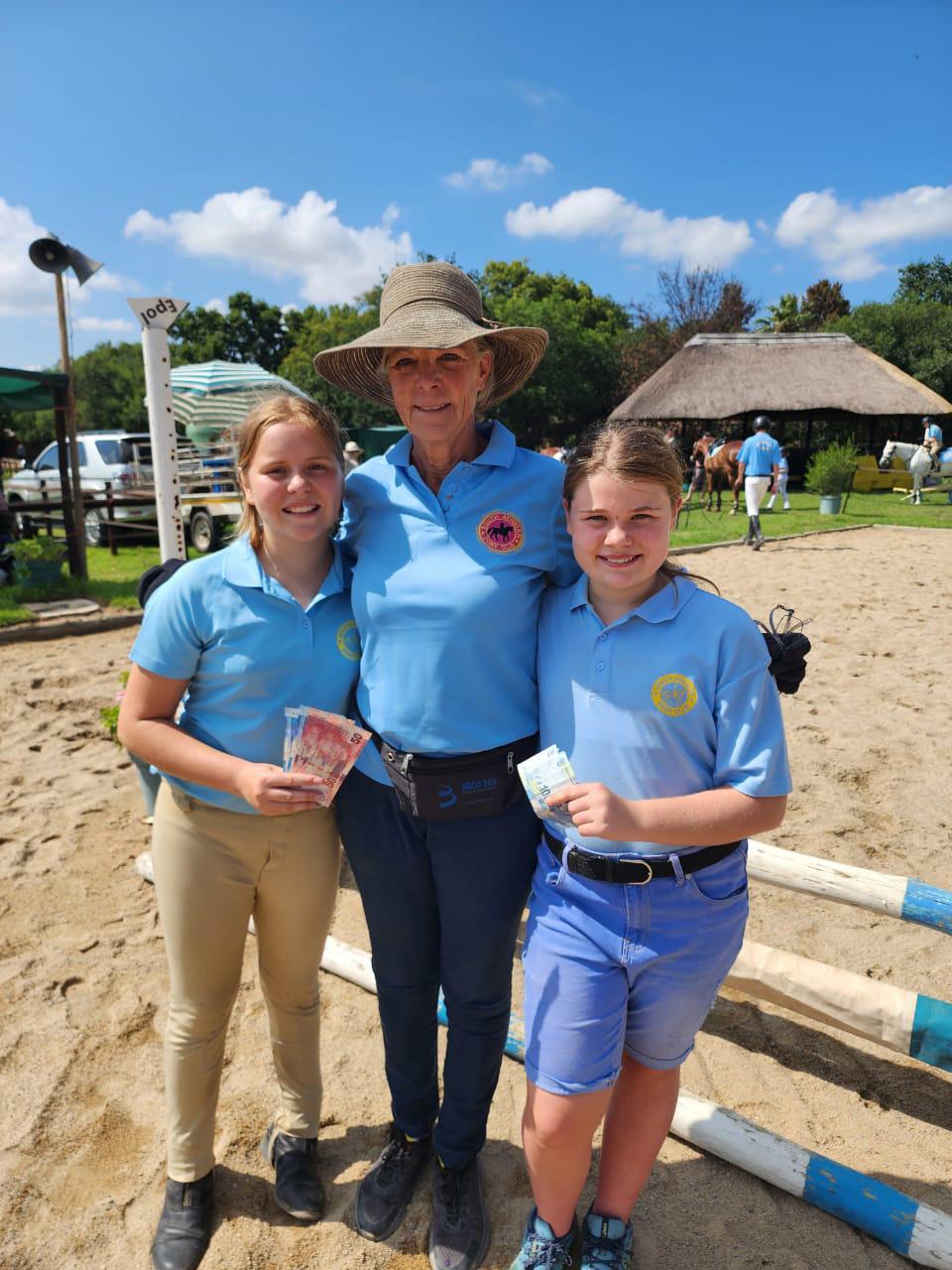
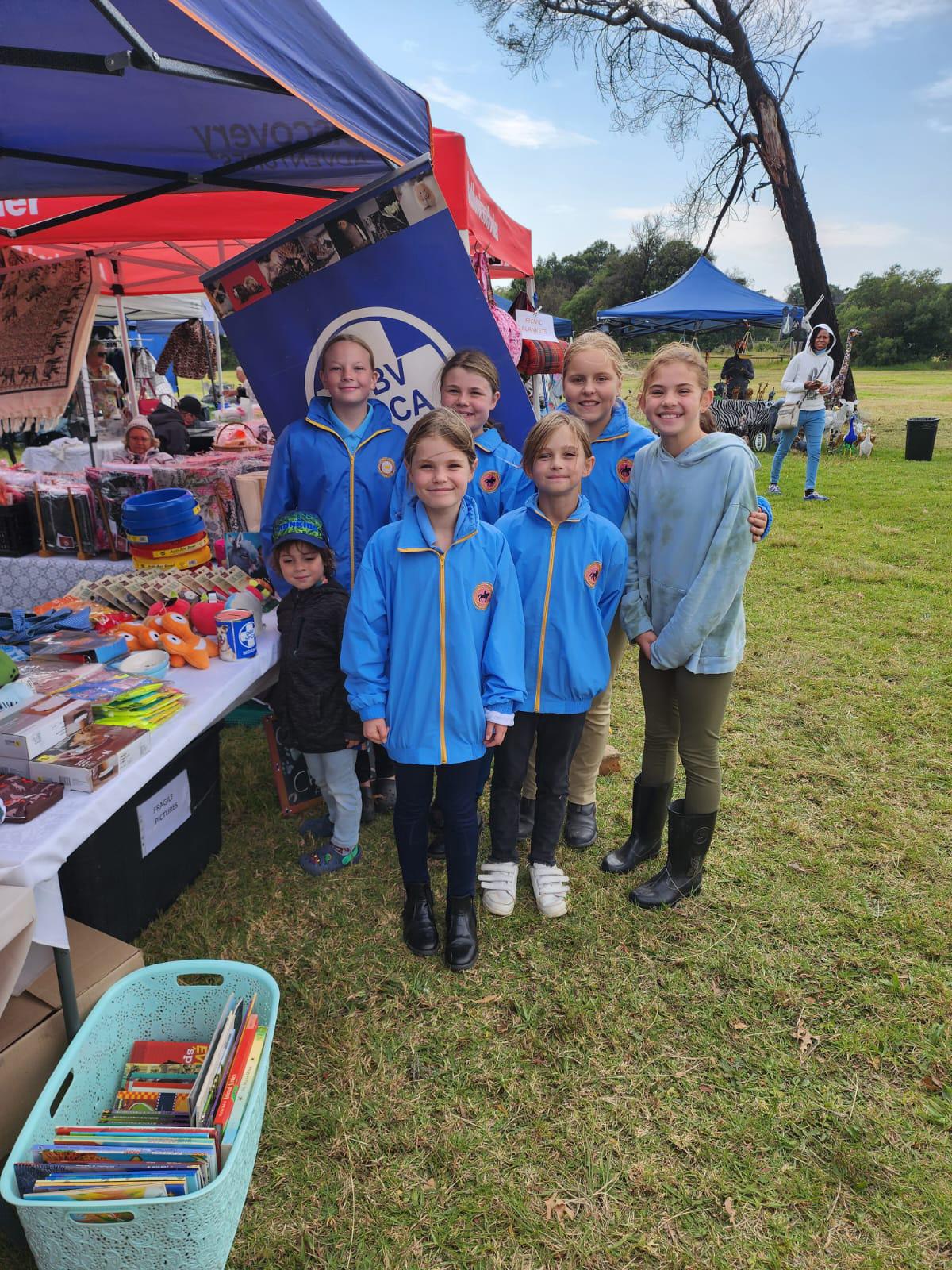
Pony Club also offers the opportunity to compete internationally
Pony Club members have a number of opportunities to compete internationally with Virtual Tri Nations (RSA, Zimbabwe, Zambia) and Pony Club International Alliance Dressage - PCIA (Australia, New Zealand, UK, Canada, Hong Kong, USA) offered annually. There are also opportunities to travel to other countries to compete with South African Pony Club members taking part in shows in Zimbabwe, Zambia, and China.
The Irene Midrand Pony Club recently participated in the Virtual Tri Nations Dressage challenge, with its members performing exceptionally well having showcased representatives in every class and numerous top finishes.

Our success in the virtual dressage challenge is a testament to our members’ hard work and dedication,” Thelma says proudly. “It’s wonderful to see our riders excel on an international stage, showcasing their skills and representing the South African Pony Club with distinction.
Irene Midrand’s Shea Wright was a member of the winning SAPC team competing in Zimbabwe last year.
Earlier this year, the Irene Midrand Pony Club recently hosted a Quiz Fundraiser at TLC at Kyalami Equestrian Park to support fostering a pony from the Highveld Horse Care Unit. The event successfully raised funds to welcome HHCU Impy, a once-abandoned pony, into the club. Impy, previously scavenging to survive, has now found a nurturing environment where he is thriving.

We have had so much support from the equestrian community, such as donated services like saddle fitting, farrier work, dentistry, chiropractic, natural horsemanship, grooming kits and sheepskins. It has been phenomenal. Impy has become a cherished part of the club, actively participating in activities and bringing joy to even our youngest riders as he takes on every challenge,” says Thelma.
Impy's transformation from a neglected pony, abandoned and found as a stray foraging through dustbins, to a confident little guy ready to tackle the world reflects the Pony Club’s dedication to making a difference and the importance they place on the Five Freedoms of Horse Welfare.
Across the Gauteng clubs, preparations are underway for the upcoming Interbranch Pony Club Mounted Games. Hosted by Benoni Boksburg, this event promises to be a thrilling showcase of teamwork and equestrian talent. The Irene Midrand branch is also gearing up for the Interbranch Show, the pinnacle of their annual calendar, where riders will compete in a range of disciplines.

and to celebrate their achievements.
The Pony Club has been a cornerstone of equestrian education for nearly a century,” Thelma adds . “Its legacy of promoting excellence in riding and horse care, combined with a strong sense of community, is what keeps it vibrant and alive today. We’re proud to carry this legacy forward here at Irene Midrand, and we look forward to many more years of fostering the next generation of equestrian talent.
To contact the Irene Midrand Pony Club, reach out to Thelma at foxthelma@gmail.com or visit their Facebook page.
HQ PONY had a quick catch up with top rider and coach Zdenek Muchna on his role as coach of Zara Pappalardo, this year’s SA Pony Rider Open Equitation Individual Champion.
HQP: Zden, could you tell us about how you began coaching, and the disciplines you coach?
Zden: I’ve been coaching for 15 years; my first pupil was Amy Crossley, who is still riding with me today. I teach equitation and showjumping and have pupils ranging from 10 years old to adults.
HQP: How did you prepare Zara for the equitation?
Zden: Zara’s equitation title win has been a three-year goal in the making. Two years ago, she won the Pony Rider Intermediate Equitation at SA Champs, then last year was second in the Pony Rider Open Equitation and achieved her goal this year by winning with fantastic scores, even getting some well-deserved 20s (out of 20). Zara has always been a very stylish rider, but has really honed her ability to ride her tests accurately and precisely, both on the flat and in the jumping.

HQP: What are your top tips for success in equitation?
Zden: My top five tips for success in equitation are:
1. Choose a suitable pony/horse.
2. Focus on the fundamentals of riding, i.e. correct position, good feel, rhythm etc, and do the basics well.
3. Have a good understanding of the equitation movements, and how they should be performed.
4. Practice planning your test at home around different jump equipment.
5. Where you plan your test on competition day is so important. You need to be aware of where the judges are, and plan accordingly. Take your time, be patient, and show off your strengths.
HQP: What were your thoughts on the Open Equitation classes at this year’s SA Youth Champs?
Zden: I thought the level of riding in the South African Equitation Champs was absolutely outstanding. It was so good to see how large the classes were, and how close the scores were. With so many of our young riders graduating so successfully from equitation into the top showjumping classes, the future of equitation looks bright.


Our ponies are athletes, and they need to be treated as such. If we expect our ponies to work with us, carry us over jumps, and dance through dressage tests, we need to treat their bodies well to keep them fit and healthy for as long as possible. Here are our top tips for managing your pony like the athlete he is!

When you travel to shows, and your pony goes in the box, they use their muscles to keep balanced. This means that it is best to arrive early at a show so your pony can rest their muscles a bit before they have to start competing. After the event, let them cool down before heading home. For long trips in the box, take breaks every four hours to let your pony rest and drink water. If it’s safe, you can let them graze for a bit during these breaks.
Warming up your pony is one of the most important steps of competition. A good warm-up helps their muscles get ready for exercise and reduces the risk of injuries.

After the event, don’t jump off your pony right away. Walk them for at least 20 minutes to help remove heat and toxins from their muscles. This prevents soreness and helps them recover faster.
To cool your pony further after the cool-down, hose them with cold water starting at the legs and hand-walk them to improve airflow and cool them faster. If it’s sunny, find shade so your pony can properly cool down. If the weather is cold, use cold water and add a sweat sheet once they’re cool.
How fast a pony cools down depends on their fitness level. Fit ponies can get rid of heat faster.
KNOW?YOU


Icing your pony’s legs after heavy exercise reduces inflammation and helps protect against injury. For the best results, use a tub of ice water. Ice boots are also helpful, but you usually need to change over your ice packs at least once to get the legs properly cold. Soaking the legs in water before icing helps cool the tissues better.
Ponies need water to stay healthy. Let them drink whenever they want.
Soak your pony's legs in water before using ice boots for cooling.better DID KNOW?YOU
During shows, always provide salt and let your pony eat hay or grass 24/7, but wait until they’ve cooled down before giving them concentrate feeds.
Check your pony’s hydration levels by pinching the skin on their shoulder; it should snap back quickly. If you are worried that they are not drinking enough, make sure the water is at room temperature (i.e. not too cold), consider adding a bit of molasses to their water, or even put a bit of salt on their tongue to encourage drinking.


Dry manure, changes in behaviour, a low appetite, and less urination can indicate dehydration. Speak to an adult about calling a vet if you are worried that your pony is dehydrated.

Once you get back from a show, you should give your pony a day or so to rest and walk around in their paddock with their friends. Bodywork can also help relieve stiffness in their muscles.
Use these tips at every event to help your pony recover quickly and stay healthy. Taking care of your pony right after an event and at home will keep them happy and ready for even more fun!

RIDING IN AN FOR THE FIRST TIME?

Step 1: Go with a friend
If it is your first time riding in an indoor arena, try and go with a friend and their pony. If you can’t go with a friend, see if there are other horses and riders around who can accompany you and your pony to begin with.
Before you start riding, walk your pony around the arena so he can look around and feel more comfortable. This can help him not



Indoor arenas have different lighting. Give your pony time to adjust their eyes to the new light. Walk or trot slowly at first, especially if there are shadows or bright spots.
Indoor arenas can also be noisy, especially when it’s raining. Your pony might react to these sounds. Speak softly to keep them calm, and avoid being too loud because the noise echoes in indoor spaces and can scare your pony.
If you’re planning to jump, let your pony get used to the look of the obstacles and the sound of landing after a jump.
Most indoor arenas feel smaller because of the walls, so make sure you ride into the corners properly!

Follow the arena's usual rules. Pass other riders left shoulder to left shoulder, stop if someone falls, and call out your intentions (like saying ‘door’ when you enter or exit the arena).
There have been accidents with dogs in indoor arenas. In most cases, this is because they were shut in with the horses and either were hurt themselves by the horses or caused falls. If you’ve ever heard a dog bark in an indoor arena, you’ll know that it sounds a LOT bigger than it is! Keep dogs on leads and out of the arena, or ideally out of indoor arena spaces altogether.


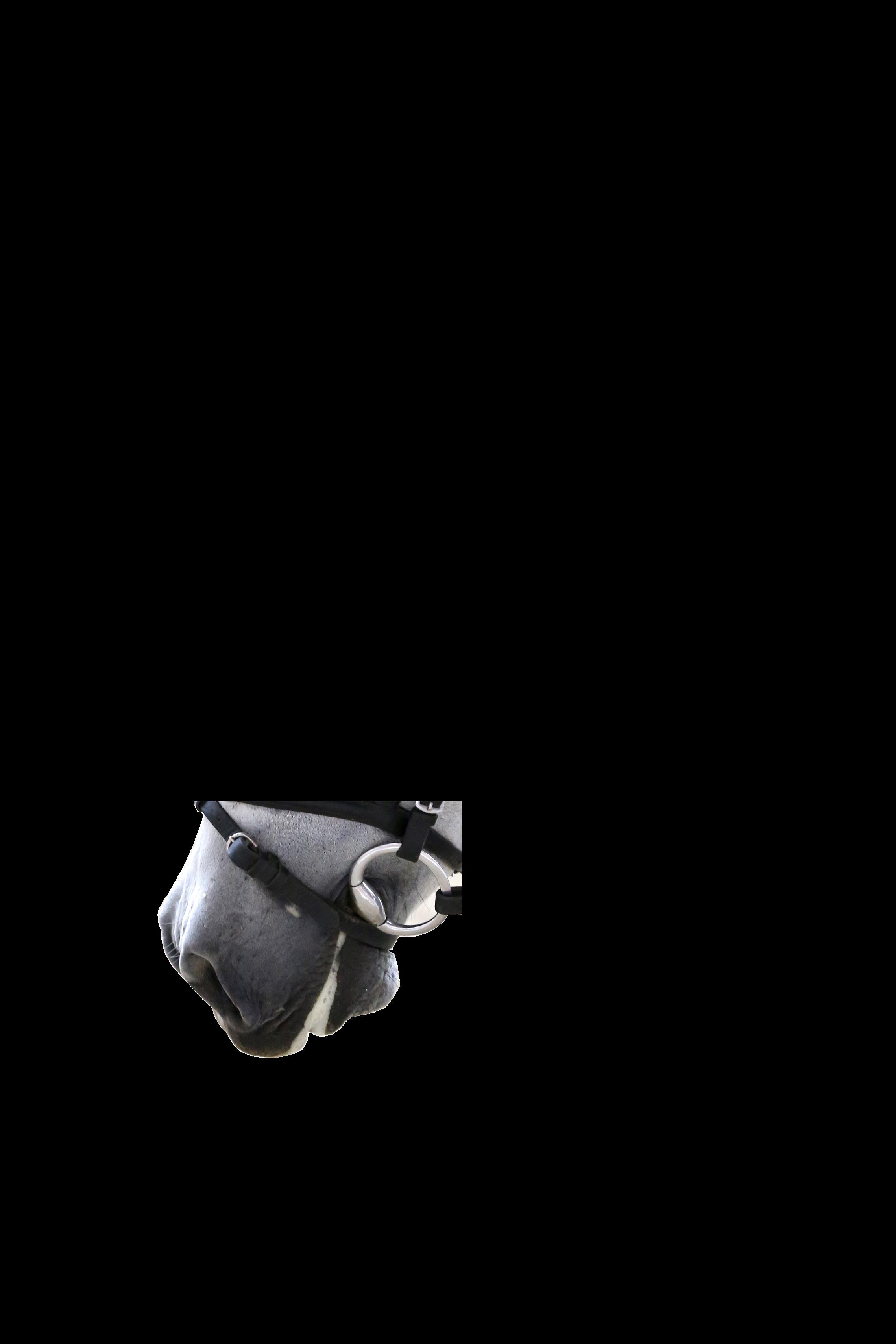

Try to stay relaxed and enjoy riding in the new setting. If you are calm and confident, your pony will feel more secure. Practice deep breathing if you feel nervous.
Reward your pony for good behaviour with treats or scratches to build their confidence.

Riding in an indoor arena for the first time can be fun with the right preparation and attitude. Help your pony get used to the new environment, follow the rules, stay calm, and you’ll have a great riding session. Remember, patience and practice are important.

TAKE YOUR SADDLE FROM ZERO TO HERO!
Cleaning and conditioning your saddle is super important; supple, strong, nourished leather helps your saddle last longer and look good!


Have
a different sponge ready for each step!

Leather saddles and synthetic saddles are cared for differently. If you have a saddle made with synthetic material, use a good quality cleaner and you are good to go!
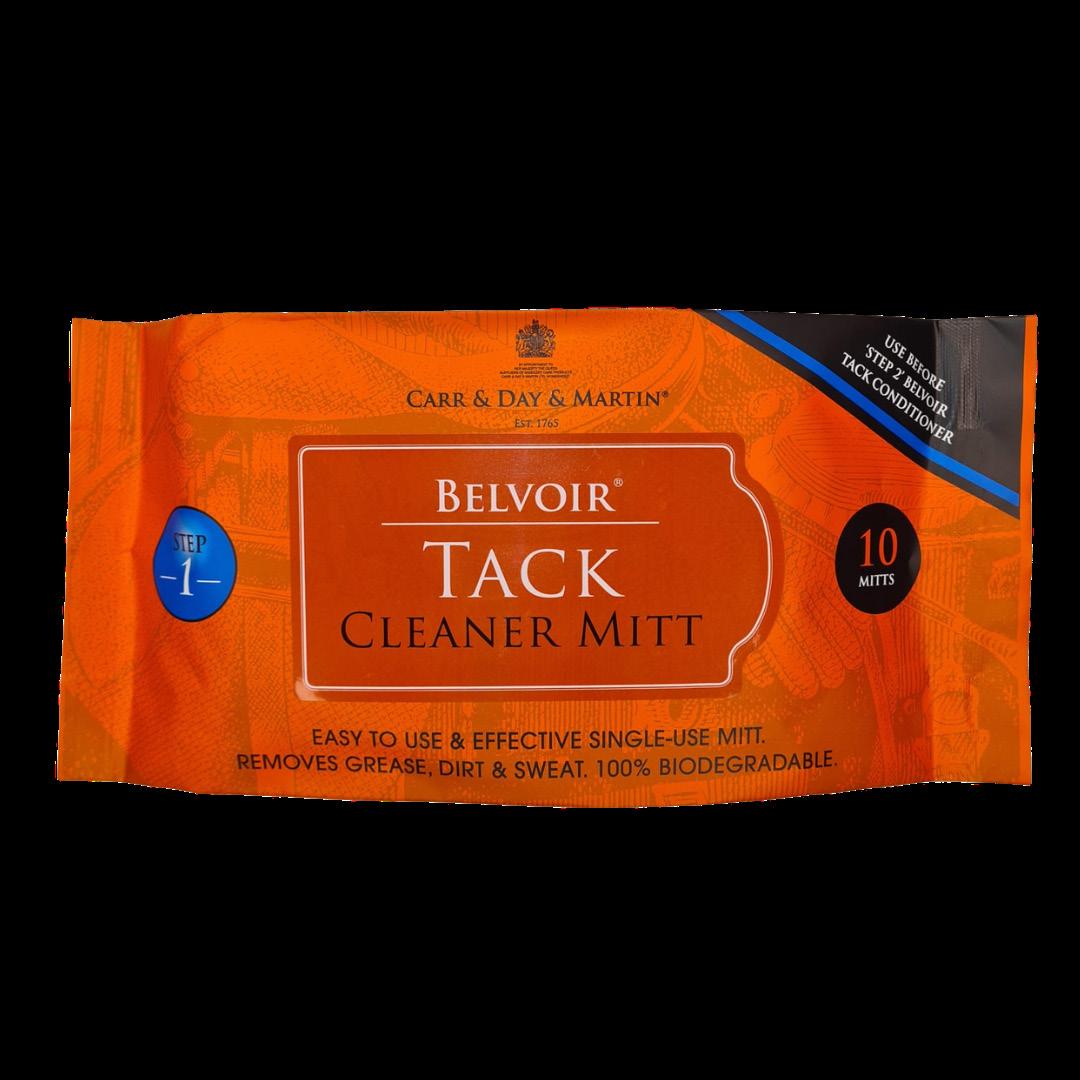
Clean your saddle well with a leather cleaner to remove dirt, grease and sweat. Several leather ‘soap’ cleaner options are available with a choice of traditional bars, liquids that can be conveniently sprayed, and cleaning wipes.

2If your saddle feels dry and the leather looks dull, use some good quality leather oil on all leather parts except the panels (that sit on your pony’s back). Let the oil soak in to the leather for an hour. Your saddle will have a richer colour and more nourished look to it after oiling!



After oiling, apply a light layer of leather balsam to all leather areas, even the panels if they need it. Balsam locks in the oil, keeps the leather moist, and stops it from cracking.

Find good quality leather and synthetic cleaning and conditioning products at Western Shoppe, in-store and online. www.westernshoppe.com


AUSTRALIAN | CONNEMARA | DALES | DARTMOOR | ERISKAY | EXMOOR | FAROE | FELL | GERMAN RIDING | HACKNEY | HIGHLAND | NEW FOREST | SHETLAND | WELSH
NOTE: Spaces and any punctuation marks have been removed


Can you spot all 10 differences?


Floating trophies are trophies that are given out each year at a specific show. You can take pictures with them, and then they must then be returned to the show holding
body to be handed out to next year’s winner. Sometimes, your name will be engraved on the trophy before the next person wins it to record that you won it.
How do I stand a pony up correctly for conformation shots?

Taking good pictures of your pony is a great skill! These photos can be really important if you're selling your pony or just want to see how they change over time. Here’s how to do it:
1. Wash and groom your pony: Give your pony a nice bath, brush their mane and tail, and use some coat conditioner to make them look shiny and clean.
2. Choose a good spot: Find a place with good lighting. It’s best if the sun is behind you when you take the photo. Avoid taking pictures inside barns and stables because they’re usually too dark.
3. Check the background and ground: Make sure the background isn’t too busy or messy and the ground is flat and clean. This helps your pony look their best in the picture.
4. Position your pony’s legs: Make sure your pony stands with their legs spaced out so you can see all four legs. The legs closest
to the camera should be slightly offset: the hind leg closest to the camera should be a bit behind the other hind leg, and the front leg closest to the camera should be a bit in front of the other front leg. This makes your pony’s body look good in the picture.
5. Keep your pony focused: A distracted pony can ruin a photo. Use treats or make horse sounds to get your pony’s attention. Try to get them to stretch their neck slightly down and out to show off their muscles. If you have a helper, they can kneel on the ground (if it is safe) to encourage your pony to stretch toward them.
6. Stand in the right place: When you take the photo, stand at your pony’s girth line (the middle part where you put the saddle) to avoid weird angles. Don’t stand too far back or too far forward.
Remember, it takes practice to get a good conformation shot. Be patient, and don’t get frustrated—you’ll get it right eventually!

My pony's sweet itch hasn't gone away completely this winter. Why is this?
Sweet itch is a really uncomfortable condition caused by an allergy to the saliva of tiny biting bugs called midges. These midges usually come out in spring and go away in winter if the temperature is low enough (below four degrees Celsius). This means that normally, in winter, the midges don’t fly around and bite horses and ponies. But if it’s not cold enough where you live, the midges might still be around and biting your pony, which is why the itchiness hasn’t gone away.
Another reason the sweet itch hasn’t gone away could be that your pony has a really bad case of sweet itch, so his skin is very damaged. This means that even if the midges aren't biting, your pony's skin is still very itchy as it tries to heal. This makes your horse scratch a lot, which keeps the problem going.
It’s a good idea to talk to your vet about this. They can give you advice on how to help your pony feel better.
